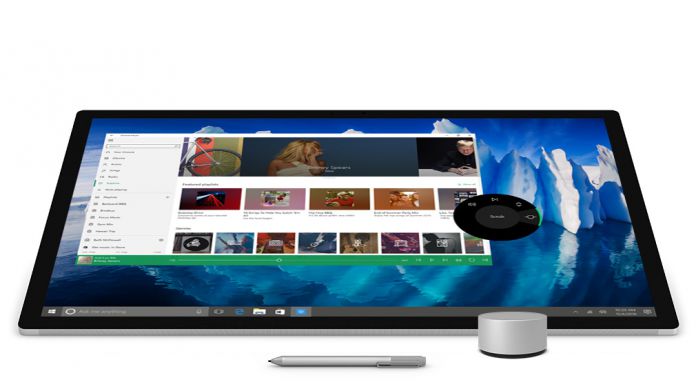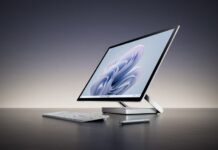“Whether you’re an artist, student or mobile professional, Surface Dial optimizes your digital workflow by bringing your most-used shortcuts and tools to your screen with simple presses and turns of the Dial,” said Paint 3D studio head Lee Schuneman. First off, the Surface Dial can be connected very quickly via Bluetooth, and dropping on the screen will bring up a context menu. What it does depends on the gestures you use. Simply pressing down on the dial lets users switch quickly between colors, rotating the wheel until you find what you need. For Surface Pro users, the color change will simply show in the toolbar.Users can also change brush thickness by turning the dial as they draw, as well opacity and color. This should make tasks like blending much more intuitive.
3D Functionality
However, the above is nothing we haven’t seen before. More interesting is the Surface Dial’s role in Paint 3D’s modeling functionality. You can use the Surface Dial to rotate 3D objects, even as you’re painting them. It sounds like a small feature, but it lets artists use both hands simultaneously instead of stopping constantly to make small adjustments. Of course, that can also make it easier to mess up, and Microsoft has that covered. You can press and hold the Surface Dial and select ‘Undo’ to roll back your changes. Rotating it scrubs back through all the painting you’ve done smoothly, letting you pinpoint the exact moment you went wrong.
There are also smaller touches, like the ability to stamp a sticker with a press on the top of the dial. All of the features should make using Paint 3D feel much more like using traditional mediums than struggling behind keyboard shortcuts and drop downs. Paint 3D will become generally available with the Windows 10 Fall Creators Update, which will likely come in November.




